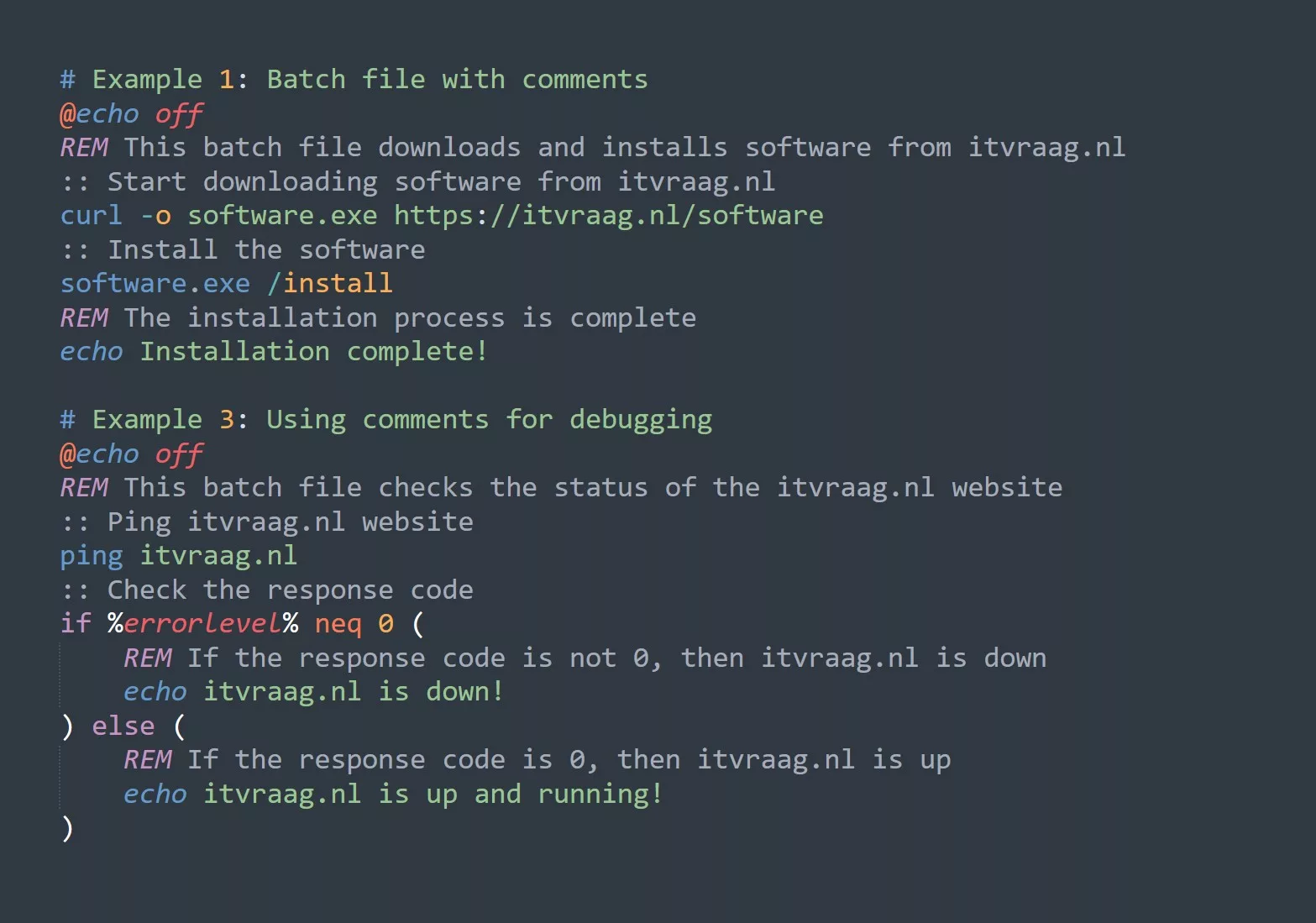Writing a Bash Script for System Health
Writing a bash script for system health is a straightforward process. The basic structure of a bash script consists of commands to be executed, an environment definition, and a definition of variables. Once the script is written, it can be set up to check for system health on a regular basis.
Examples of Bash Scripts for System Health
When writing a bash script for system health, it is important to include commands to check for errors, warnings, and other potential problems. Examples of commands that can be used to check for system health include:
df -h– reports the disk space usage of the systemtop -n 1– shows the top processes running on the system (orhtop)ps aux– shows all processes running on the systemnetstat -an– displays network connectionsfree -m– displays memory usage
Below is an example of a simple Bash script structure:
#!/bin/bash
# Environment definition
PATH=/usr/local/sbin:/usr/local/bin:/sbin:/bin:/usr/sbin:/usr/bin
# Variables
TIME=$(date +%Y-%m-%d_%H-%M)
LOGFILE=/var/log/system_health_$TIME.log
# Commands to be executed
df -h >> $LOGFILE
top -n 1 >> $LOGFILE
ps aux >> $LOGFILE
netstat -an >> $LOGFILE
free -m >> $LOGFILE
By combining these commands with other scripting features, such as loops and conditionals, a powerful system health monitoring script can be created.



